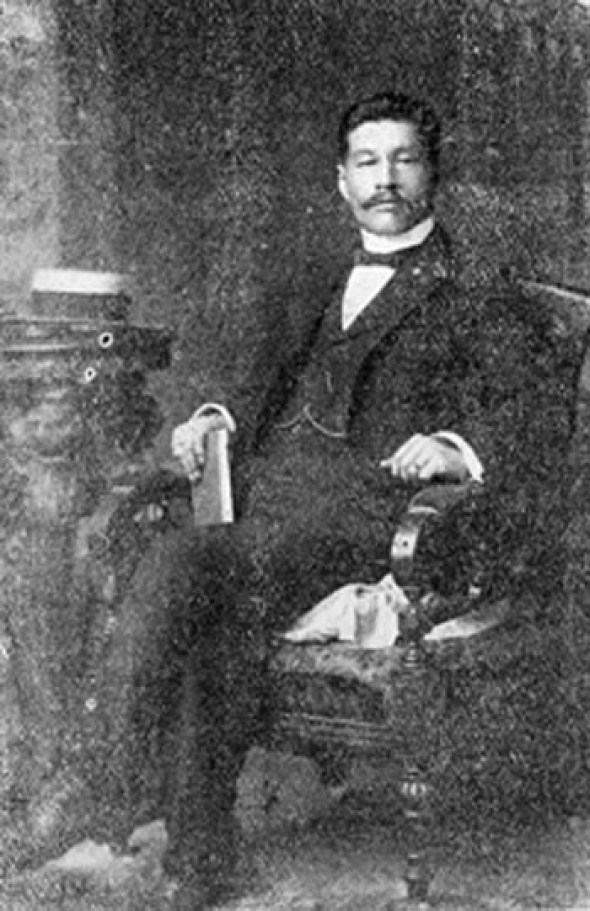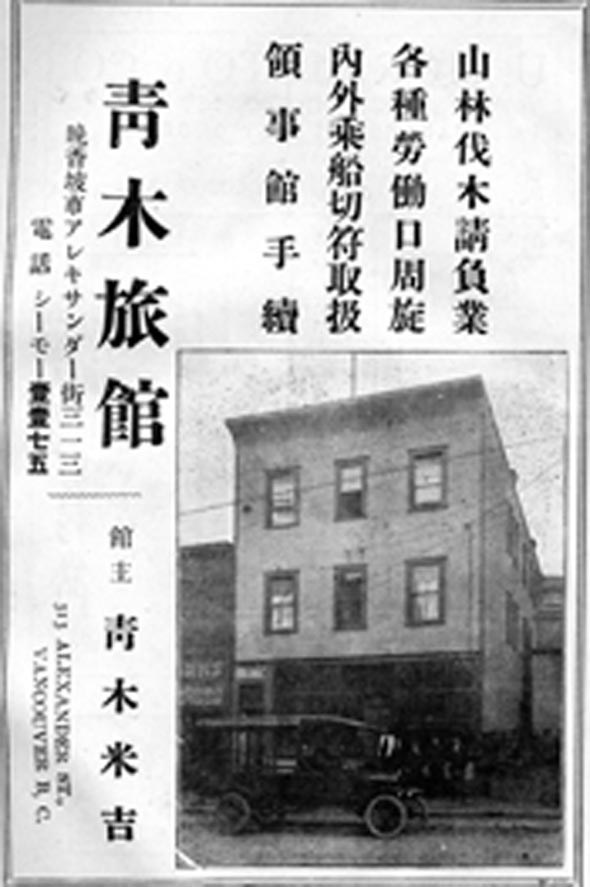 |
Vancouver Heritage Foundation is a registered charity supporting the conservation of heritage buildings and structures in recognition of their contribution to the city’s economy, sustainability and culture. |
Vancouver Heritage Foundation's 2013 Heritage House Tour is coming up in two weeks and we're giving you the inside scoop on some unique sites opening on tour this year! The tour is on June 2nd from 10am-5pm. One of the more interesting sites on this year's tour is a 1906 Japanese tenement, now converted into Single-Room Accomodation (SRA's). Volunteers from the Nikkei National Museum, the Vancouver Japanese Language School and James Johnstone, House Historian, will be on site to answer historical questions about the site which has a very intriguing history! From a tenement for Japanese workers, to a possible (unconfirmed) stint as a brothel, to its current use as an SRA, this building holds a wealth of Vancouver history. It will be open only in the morning (10am - 1:30pm) during the tour, so if you want to get inside, make sure you get there early.If you fancy a lunch stop, the Vancouver Japanese Language School at 487 Alexander St will be open from 11am-2pm offering a delicious bento (udon noodles, Japanese side dishes and dessert) for $10. They will also offer 15 minute building tours, highlighting the heritage daycare renovation of the 1928 Hall. Tours begin every 1/2 hour.
So who was Yonekichi Aoki? From the 1901 census, Yonekichi Aoki (1861- 1940) immigrated in 1896. His wife Suye (1877-1931) came in 1897. They had at least one son, George Tameo Aoki who married Kiyo in 1929. (He went to get his bride in Japan and brought her back to Canada). There was an Aoki still living at the buildings address in 1941, before the forced expulsion of all Japanese Canadians from the Coast in 1942. There are two large biographies of Yonekichi Aoki and the Nikkei National Museum Archives will have them on display at the Heritage House Tour in translation!
The tenement building was typical of those built by early Japanese settlers in Vancouver. Aoki started logging in 1895 at Indian River and like many, worked at the Hastings Sawmill on Burrard Inlet at the foot of Dunlevy. From the late 1800s to World War II, Alexander Steet was part of the bustling Japantown district centred on Powell Street. In 2006,the tenement become Ross House, a privately owned Single Room Accommodation (SRA). A tribute to the owner's son who died of a drug overdose in 2000, the house has 24 rented rooms and much of the original 1906 building still remains including fir floors, tongue and groove panelling in the hallway, and the ghost lines of many doors that lead to speculation that it may at one time have been part of the Alexander Street red light district.
The College of Domestic Arts was right across the street. It was established in the late 1930s to assist women to find jobs. See the virtual exhibition called "Our Mother's Patterns" at the Canadian Virtual Museum site.
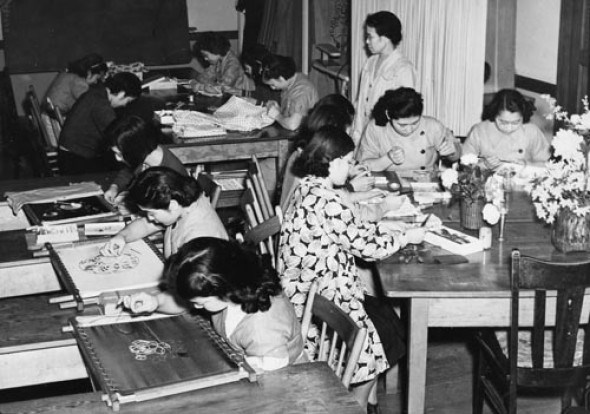
The Nippon Auto Supply would have been kitty corner to the tenement.
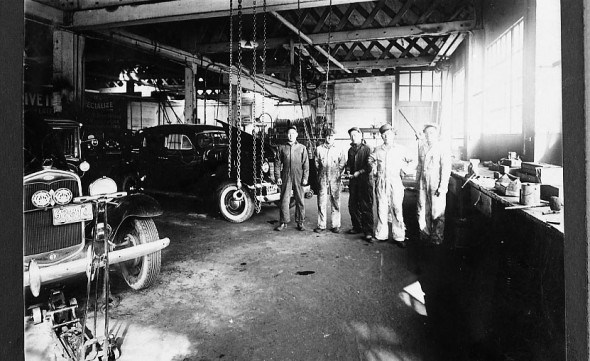
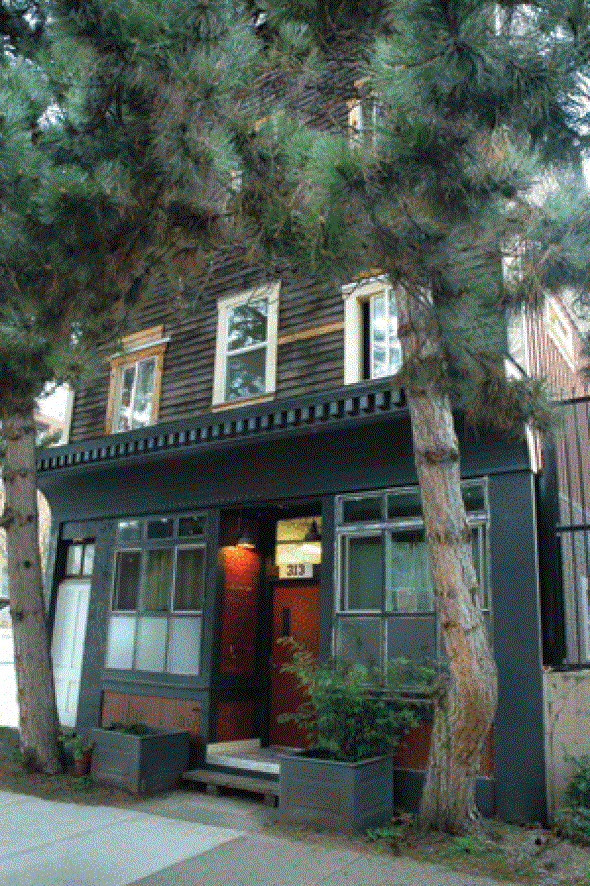
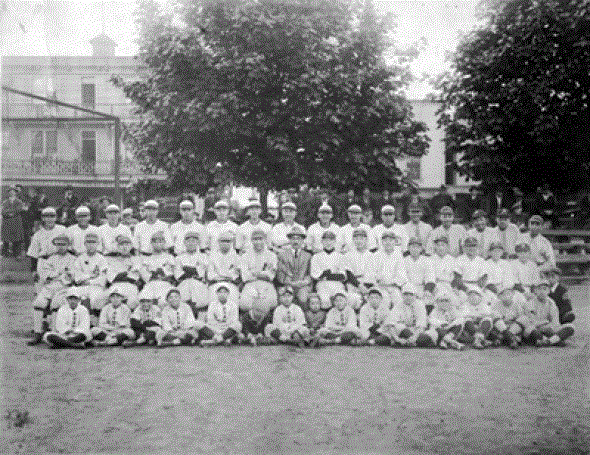
Japantown's famous Asahi Tigers baseball team was known throughout Vancouver. Here is a photo where Yonekichi's son George Tameo was on the team at one point, and is identified as the 5th boy from the left in the middle row, ca 1923. Watch the NFB video "Sleeping Tigers: The Asahi Baseball Story" for the full story of the baseball team. George and his family - wife Kiyo and three children ended up at Tashme (internment camp in the interior of BC) and lived at #102, the first house you would come to in the camp.
These are just some of the endless stories associated with this building, and only one of the 12 stops on this year's Heritage House Tour. Get your tickets today and join us in exploring our city's amazing history while celebrating its heritage buildings.
